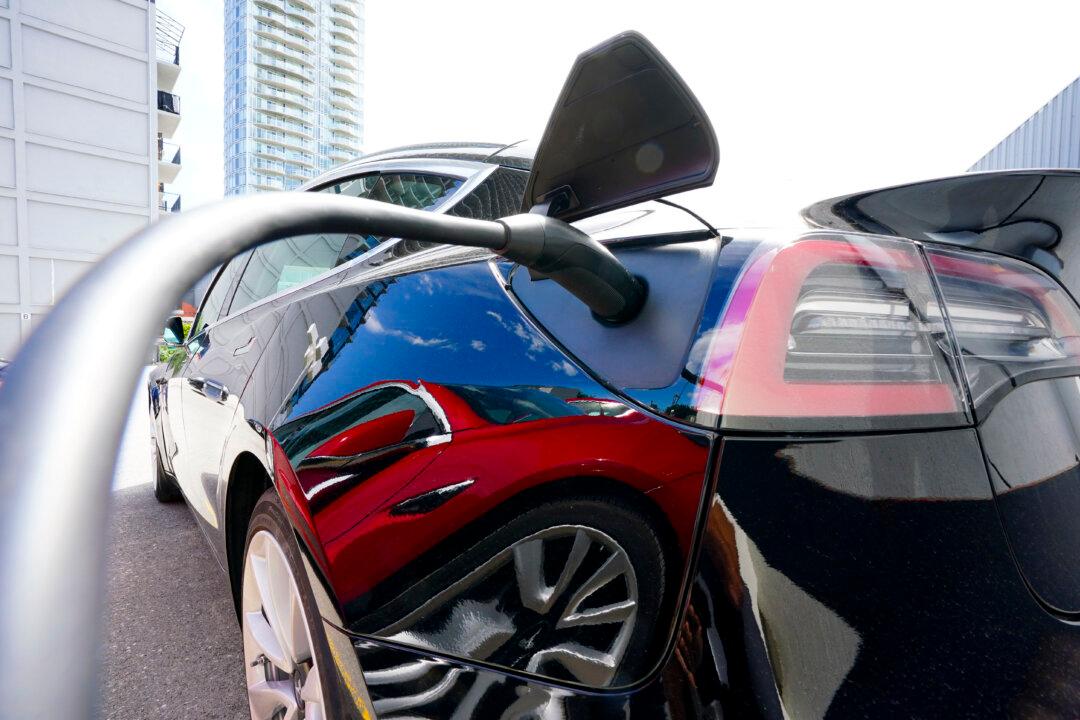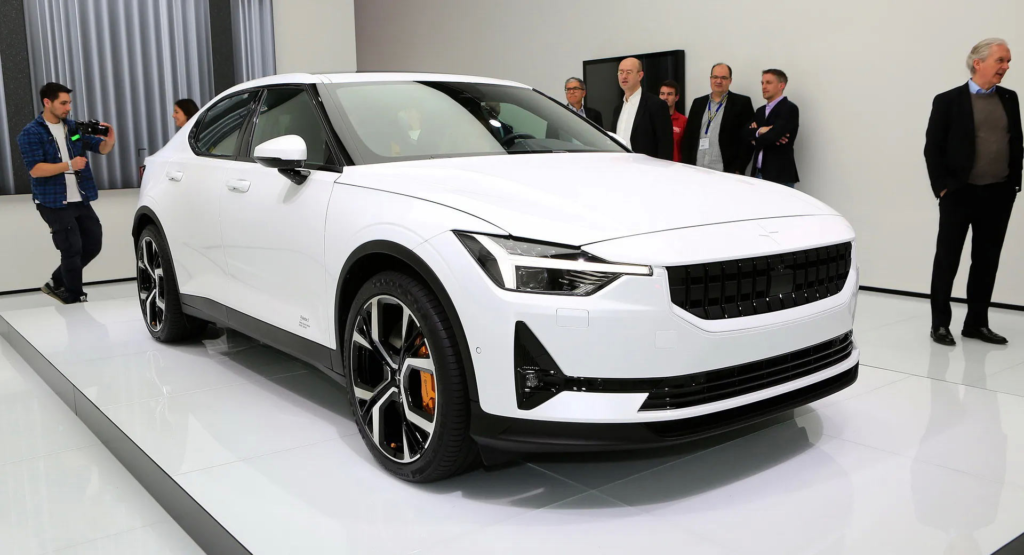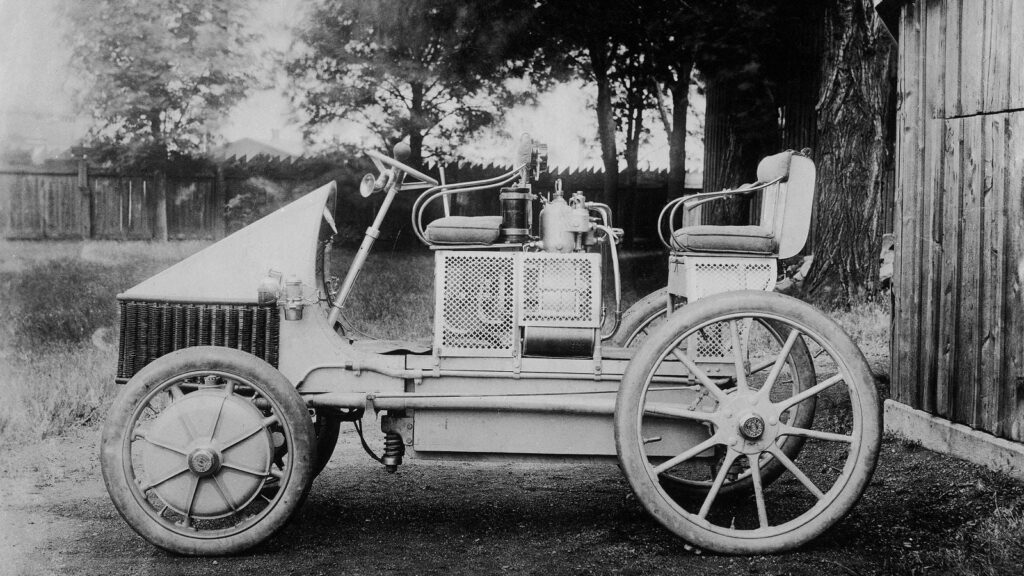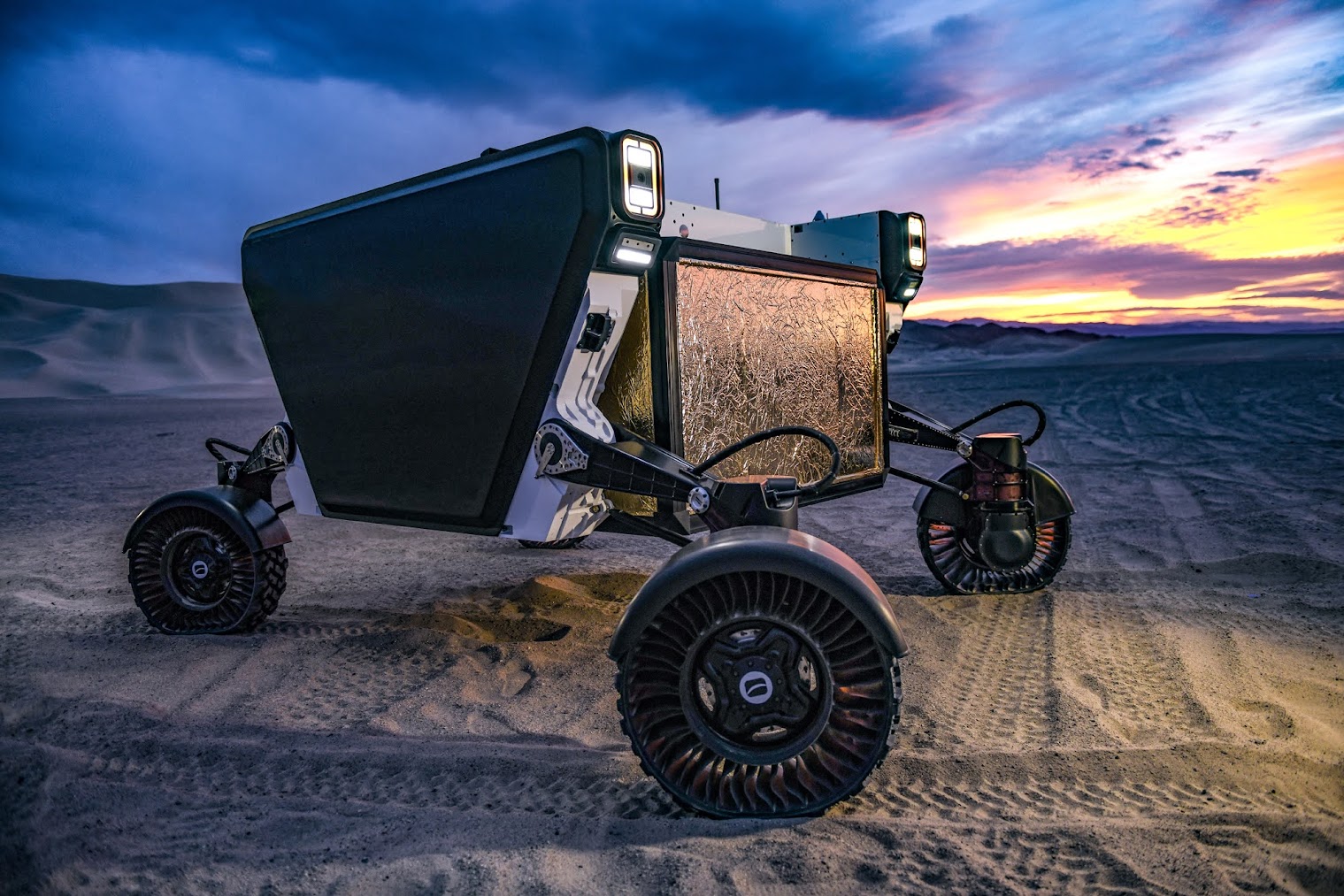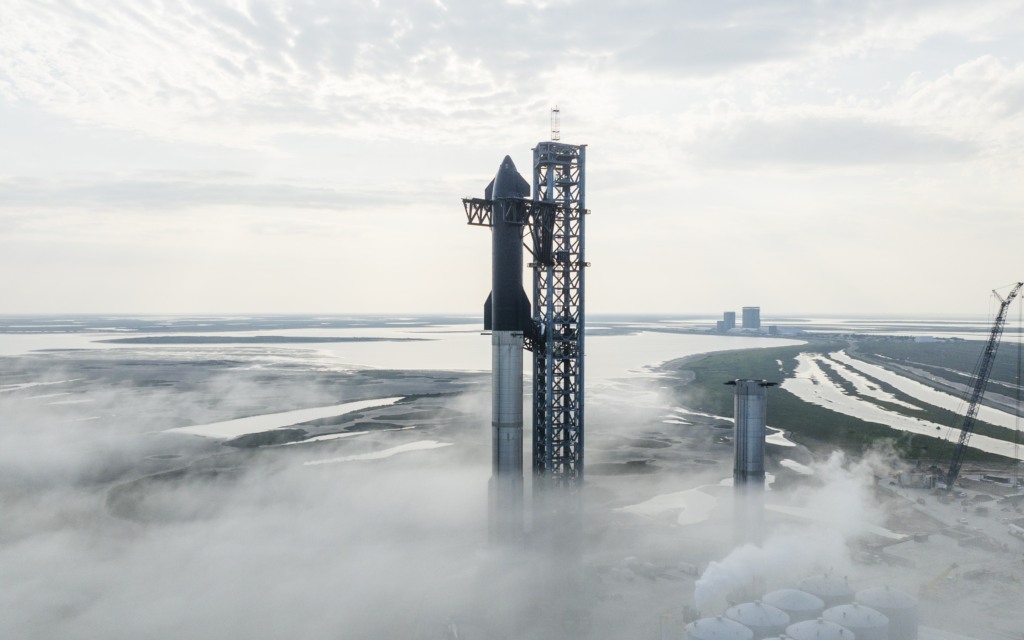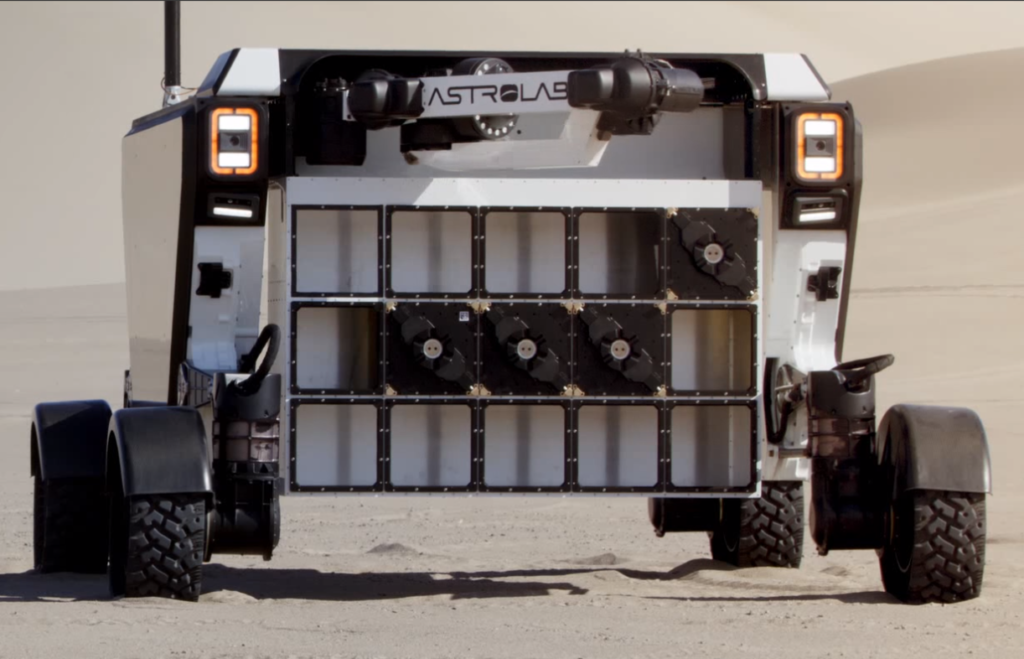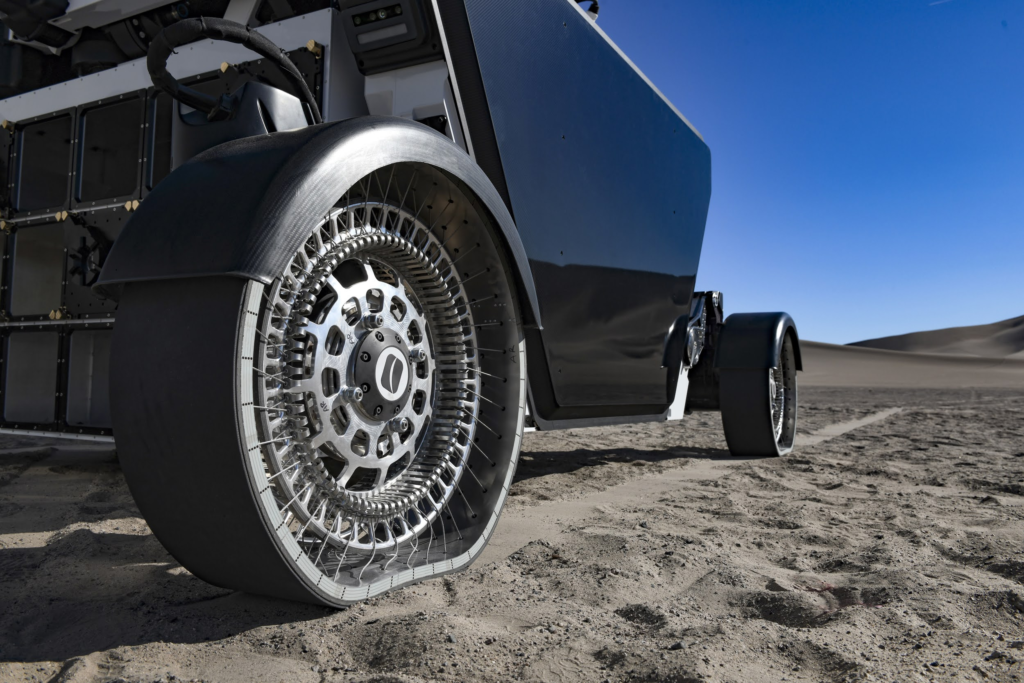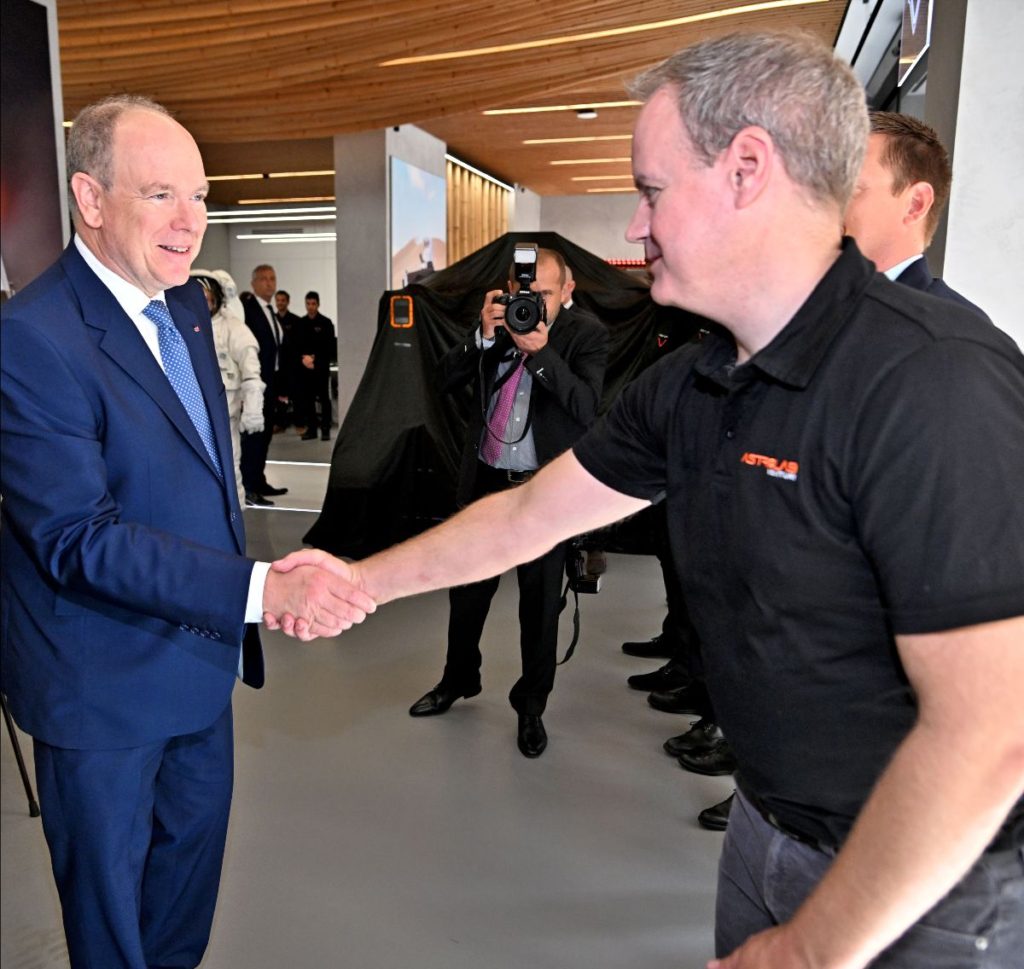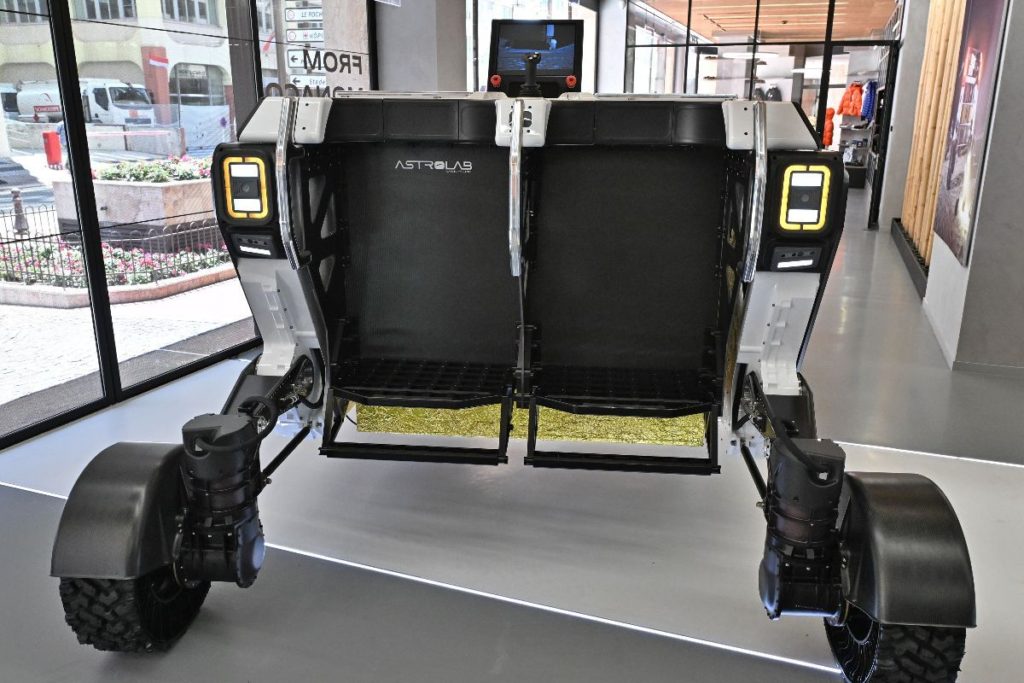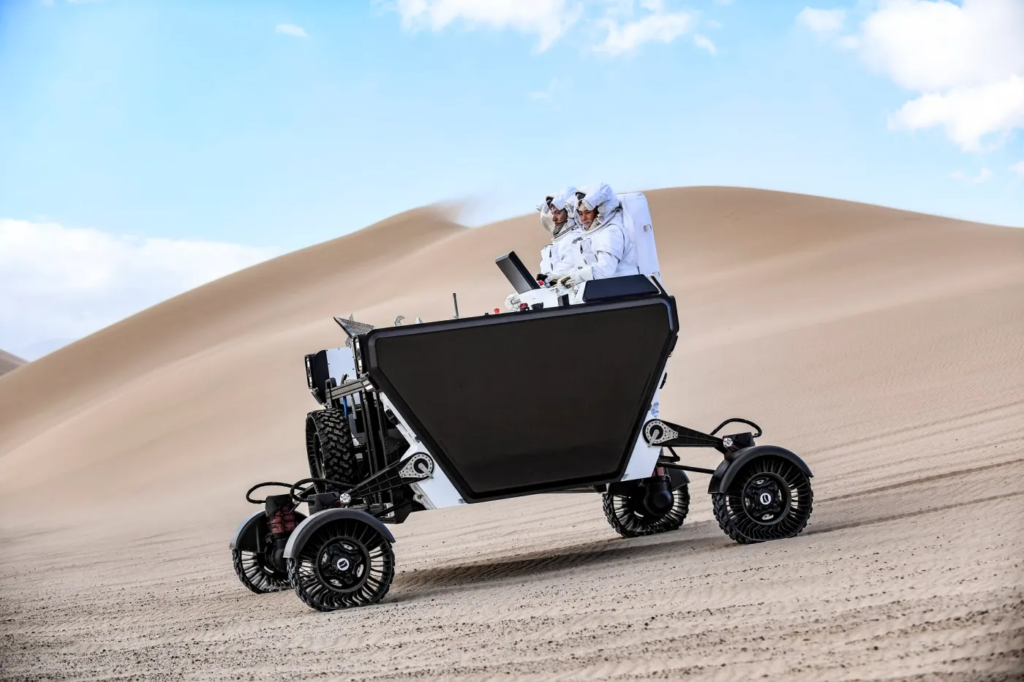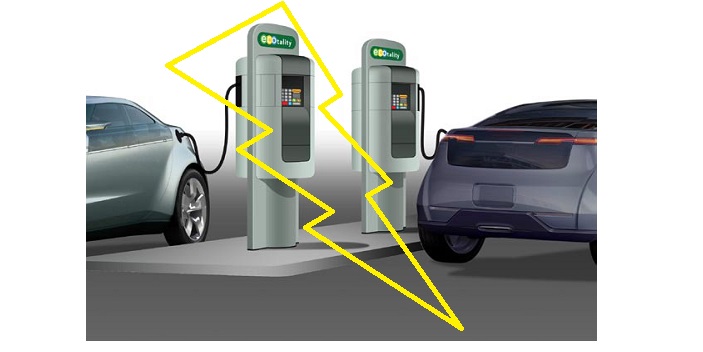| City/Town |
Number of Chargers |
Location of Chargers |
| Central Region |
Level 2: 223
Level 3: 84 |
|
| Barrie |
Level 2: 0
Level 3: 1 |
McDonald’s – 446 Bayfield St. |
| Beamsville |
Level 2: 0
Level 3: 1 |
Tim Horton’s – 5005 Ontario St. |
| Beaverton |
Level 2: 0
Level 3: 1 |
McDonald’s – 84 Beaverton Ave. |
| Bolton |
Level 2: 0
Level 3: 1 |
Albion Bolton Community Centre – 150 Queen St. South |
| Bradford |
Level 2: 0
Level 3: 1 |
Tim Horton’s – 440 Holland St. West |
| Brampton |
Level 2: 6
Level 3: 0 |
Soccer Centre Recreation Facility – 1495 Sandalwood Pkwy. East
Heart Lake Conservation Area – 10818 Heart Lake Rd.
Claireville Conservation Area – 8180 Hwy 50 |
| Burlington |
Level 2: 1
Level 3: 2 |
IKEA – 1065 Plains Rd. East
Appleby Crossing – 2435 Appleby Line |
| Caledon |
Level 2: 3
Level 3: 1 |
Albion Hills Conservation Area Chalet – 16500 Regional Rd.
Albion Hills Conservation Area Beach Parking – 16500 Regional Rd.
Glen Haffy Conservation Area – 19245 Airport Rd.
Margaret Dunn Library – 20 Snelcrest Dr. |
| Collingwood |
Level 2: 0
Level 3: 2 |
McDonald’s – 285 First St.
Tim Horton’s – 4 High St. |
| Elmvale |
Level 2: 0
Level 3: 1 |
Tim Horton’s – 68 Yonge St. South |
| Fort Erie |
Level 2: 0
Level 3: 2 |
McDonald’s – 325 Garrison Rd.
Tim Horton’s – 1167 Garrison Rd. |
| Goodwood |
Level 2: 1
Level 3: 0 |
Claremont Field Centre – 4290 Westney Rd. North |
| Hamilton |
Level 2: 1
Level 3: 2 |
Centre on Barton – 1275 Barton St. East
Tim Horton’s – 1470 ON-6
Tim Horton’s – 473 Concession St. |
| Keswick |
Level 2: 1
Level 3: 1 |
Glenwoods Centre – 443 The Queensway South |
| Markham |
Level 2: 10
Level 3: 2 |
123 Commerce Valley Dr. West
125 Commerce Valley Dr. West
50 Minthorn Blvd.
140 Allstate Pkwy.
Armadale Crossing – 7690-7770 Markham Rd.
80 Allstate Parkway |
| Midhurst |
Level 2: 0
Level 3: 1 |
Simcoe County Museum – 1151 Highway 26 |
| Midland |
Level 2: 0
Level 3: 1 |
Tim Horton’s – 16815 ON-12 |
| Milton |
Level 2: 1
Level 3: 1 |
Campbellville Country Court Plaza – 35 Crawford Cres. |
| Mississauga |
Level 2: 58
Level 3: 20 |
80 Courtneypark Dr.
5800 Explorer Dr.
Meadowvale Corporate Centre – 6880 Financial Dr.
5750 Explorer Dr.
2085 Hurontario St.
4701/4715 Tahoe Blvd.
Indian Line Campground – 7625 Finch Ave. West
Pearson International Airport – 6301 Silver Dart Dr.
Pearson International Airport – 8 Network Rd.
Pearson International Airport – 3111 Convair Dr.
Hilton Mississauga – 6750 Mississusauga Rd.
2630 Skymark Ave.
Novo-nordisk – 2680 Skymark Ave.
Airway Centre – 5935 Airport Rd.
30 Eglinton Ave. West |
| Newmarket |
Level 2: 0
Level 3: 1 |
McDonald’s – 1100 Davic Dr. |
| Niagara Falls |
Level 2: 0
Level 3: 1 |
Tim Horton’s – 8089 Portage Rd. |
| Oakville |
Level 2: 0
Level 3: 2 |
Tim Horton’s – 228 Wyecroft Rd. |
| Orangeville |
Level 2: 0
Level 3: 1 |
McDonald’s – 23 Broadway Ave. |
| Orillia |
Level 2: 0
Level 3: 2 |
McDonald’s – 320 Memorial Ave.
Tim Horton’s – 25 Colborne St. East |
| Oshawa |
Level 2: 0
Level 3: 2 |
Best Western Oshawa – 559 Bloor St. West |
| Pickering |
Level 2: 1
Level 3: 1 |
Petticoat Creek Conservation Area – 1100 Whites Rd. |
| Richmond Hill |
Level 2: 9
Level 3: 0 |
30 Leek Cres.
38 Leek Cres.
95 Mural St.
1725 16th Ave.
Swan Lake Centre – 1229 Bethesda Sideroad |
| St Catharines |
Level 2: 0
Level 3: 1 |
Tim Horton’s – 170 4th Ave. South |
| Stayner |
Level 2: 0
Level 3: 1 |
Clearview Joint Emergency Services Operations Centre – 6993 ON-26 |
| Stouffville |
Level 2: 1
Level 3: 0 |
Bruce’s Mill Conservation Area – 3291 Stouffville Rd. |
| Toronto |
Level 2: 121
Level 3: 25 |
IKEA Etobicoke – 1475 The Queensway
IKEA North York – 15 Provost Dr.
St. Joseph’s Health Centre – 30 The Queensway
Royal Bank Plaza – 200 Bay St.
University Centre – 383 University Ave.
5775 Yonge St.
Lucliff Place – 700 Bay St.
York Mills Centre – 4325 Yonge St.
MaRS Centre – 661 University Ave.
Yorkville Village – 87 Avenue Rd.
Madison Centre – 4950 Yonge St.
Citibank – 123 Front St.
110 Yonge St.
525 University Ave.
175 Bloor St.
Metro Centre – 200 Wellington St.
Airport Marriott – 901 Dixon Rd.
Maple Leaf Square – 15 York St.
Air Canada Centre – 50 Bay St.
Air Miles Tower – 438 University Ave.
720 Bay St.
655 Bay St.
5001 Yonge St.
Adelaide Place – 181 University Ave.
2075 Kennedy Rd.
Dynamic Funds Tower – 1 Adelaide St. East
Atria – 2235 Sheppard Ave. East
30 Adelaide St. East
Commerce West – 401 and 405 The West Mall
SNC-Lavalin – 304 The East Mall
Burnhamthorpe Square – 10-20 Four Seasons Place
Morneau Shepall – 895 Don Mills Rd.
145 King St. West
150 King St. West
Sun Life Centre – 200 King St. West
Manulife Centre – 55 Bloor St. West
Bloor Islington Place – 3250 Bloor St. West
33 Bloor St. West
Scotiabank Plaza – 40 King St. West
115 Gordon Baker Rd.
Foresters – 789 Don Mills Rd.
277 Wellington St. West
Glen Rouge Conservation Area – 7450 Kingston Rd.
Milliken Crossing – 5631 – 5671 Steeles Ave. East
Black Creek Pioneer Village – 1000 Murray Ross Parkway
Humber River Hospital – 1235 Wilson Ave. |
| Tottenham |
Level 2: 1
Level 3: 1 |
Tottenham Mall – 55 Queen St. South |
| Vaughan |
Level 2: 4
Level 3: 3 |
TRCA Head Office – 101 Exchange Ave.
Joint Operations Centre – 2800 Rutherford Rd.
IKEA – 200 Interchange Way |
| Vineland Station |
Level 2: 0
Level 3: 1 |
Tim Horton’s – 3335 North Service Rd. |
| Washago |
Level 2: 0
Level 3: 1 |
Washago Carpool Lot – HWY 11/169 |
| Whitby |
Level 2: 1
Level 3: 0 |
Taunton Gardens – 320 Taunton Rd. East |
| Woodbridge |
Level 2: 3
Level 3: 0 |
Boyd Conservation Area – 8739 Islington Ave.
Kortright Centre – 9550 Pine Valley Dr. |
| East Region |
Level 2: 17
Level 3: 49 |
|
| Arnprior |
Level 2: 0
Level 3: 3 |
Tim Horton’s – 201 Madawaska Blvd.
Metro/Food Basics – 375 Daniel St. South
McDonald’s – 16 Baskin Dr. West |
| Bancroft |
Level 2: 0
Level 3: 1 |
Tim Horton’s – 234 Hastings St. North |
| Barrhaven |
Level 2: 2
Level 3: 0 |
Ottawa Park and Ride – 3347 Fallowfield Rd. |
| Belleville |
Level 2: 0
Level 3: 1 |
Tim Horton’s – 218 Bell Blvd. |
| Brockville |
Level 2: 0
Level 3: 2 |
McDonald’s – 2454 Parkdale Ave.
Tim Horton’s – 77 William St. |
| Campbellford |
Level 2: 0
Level 3: 1 |
Tim Horton’s – 148 Grand Rd. |
| Carleton Place |
Level 2: 0
Level 3: 1 |
Tim Horton’s – 144 Franktown Rd. |
| Casselman |
Level 2: 0
Level 3: 1 |
Metro/Food Basics – 21 Richer Close |
| Cornwall |
Level 2: 0
Level 3: 3 |
Tim Horton’s – 81 Tollgate Rd. West
McDonald’s – 1301 Brookdale Ave.
St. Hubert – 705 Brookdale Ave. |
| Deep River |
Level 2: 0
Level 3: 1 |
Tim Horton’s – 33235 Hwy 17 |
| Embrun |
Level 2: 2
Level 3: 0 |
Embrun Arena – 8 Blais St. |
| Fenelon Falls |
Level 2: 0
Level 3: 1 |
Tim Horton’s – 23 Lindsay St. |
| Gloucester |
Level 2: 0
Level 3: 1 |
St. Hubert – 2484 Boulevard St. Joseph |
| Hawkesbury |
Level 2: 0
Level 3: 2 |
St. Hubert – 456 County Rd. 17
Tim Horton’s – 418 Main St. East |
| Johnstown |
Level 2: 0
Level 3: 1 |
Gas Bar – 2618 CR-2 |
| Kanata |
Level 2: 1
Level 3: 1 |
Ottawa Park and Ride – 130 Earl Grey Dr. |
| Kemptville |
Level 2: 0
Level 3: 1 |
TSC Stores – 2966 County Rd. 43 |
| Kingston |
Level 2: 0
Level 3: 1 |
Tim Horton’s – 681 Princess St. |
| Lindsay |
Level 2: 0
Level 3: 2 |
Lindsay Recreation Complex – 133 Adelaide St. South
Tim Horton’s – 85 Mt Hope St. |
| Madoc |
Level 2: 0
Level 3: 2 |
McDonald’s – 14118 Hwy 62
Tim Horton’s – 14121 ON-7 |
| Manotick |
Level 2: 0
Level 3: 1 |
Tim Horton’s – 989 River Rd. |
| Napanee |
Level 2: 0
Level 3: 1 |
Tim Horton’s – 478 Centre St. North |
| Nepean |
Level 2: 2
Level 3: 0 |
Ben Franklin Place – 101 Centrepointe Dr. |
| Newcastle |
Level 2: 0
Level 3: 1 |
Tim Horton’s – 361 King Ave. East |
| Ottawa |
Level 2: 3
Level 3: 8 |
McDonald’s – 670 Bronson Ave.
City of Ottawa Fire Administration Building – 1445 Carling Ave.
St. Hubert – 4010 Riverside Dr.
Ottawa Public Parking Lot – 687 Somerset
IKEA – 2685 Iris St. |
| Pembroke |
Level 2: 0
Level 3: 2 |
McDonald’s – 805 Pembroke St. East
Tim Horton’s – 11 Robinson Ln. |
| Perth |
Level 2: 0
Level 3: 1 |
McDonald’s – 35 Dufferin St. |
| Peterborough |
Level 2: 7
Level 3: 4 |
Tim Horton’s – 1527 Water St.
Lansdowne Place Mall – 645 Lansdowne St.
Norwood Town Hall – 2357 County Rd. 45
King Street Parking Garage – 200 King St.
Memorial Centre Arena – 151 Lansdowne St. West
Riverview Park Zoo – 1230 Water St.
Downtown Lakefield Public Parking – 39 Queen St. |
| Picton |
Level 2: 0
Level 3: 1 |
Downtown Picton Public Parking – 55 King St. |
| Port Hope |
Level 2: 0
Level 3: 1 |
McDonald’s – 175 Rose Glen Rd. North |
| Port Perry |
Level 2: 0
Level 3: 1 |
McDonald’s – 14500 Simcoe St. |
| Rockland |
Level 2: 0
Level 3: 2 |
Metro/Food Basics – 9071 County Rd. 17
Tim Horton’s – 2875 Laporte St. |
| Northeast Region |
Level 2: 1
Level 3: 24 |
|
| Azilda |
Level 2: 0
Level 3: 1 |
Tim Horton’s – 514 Notre Dame St. East |
| Burk’s Falls |
Level 2: 0
Level 3: 1 |
Tim Horton’s – 27 Commercial Dr. |
| Elliot Lake |
Level 2: 0
Level 3: 2 |
McDonald’s – 269 King’s Hwy 108
Tim Horton’s – 261 ON-108 |
| Espanola |
Level 2: 0
Level 3: 1 |
Tim Horton’s – 701 Centre St. |
| Gravenhurst |
Level 2: 0
Level 3: 2 |
McDonald’s – 1105 Bethuine Dr.
Tim Horton’s – 150 Talisman Dr. |
| Huntsville |
Level 2: 0
Level 3: 1 |
Tim Horton’s – 44 ON-60 |
| Kapuskasing |
Level 2: 0
Level 3: 2 |
McDonald’s – 240 Government Rd.
Tim Horton’s – 8 Government Rd. East |
| Kirkland Lake |
Level 2: 0
Level 3: 2 |
McDonald’s – 155 Government Rd. West
Tim Horton’s – 175 Government Rd. West |
| New Liskeard |
Level 2: 0
Level 3: 2 |
McDonald’s – 883350 Hwy 65 West
Tim Horton’s – 883307 ON-65 |
| North Bay |
Level 2: 0
Level 3: 2 |
McDonald’s – 999 McKeown Ave.
Tim Horton’s – 114 Drury St. |
| Parry Sound |
Level 2: 0
Level 3: 1 |
McDonald’s – 118 Bowes St. |
| Port Severn |
Level 2: 1
Level 3: 1 |
Jag’s Petro Canada – 41 Lone Pine Rd. |
| Sault Ste. Marie |
Level 2: 0
Level 3: 2 |
McDonald’s – 673 Trunk Rd.
Tim Horton’s – 223 Second Line West |
| Sudbury |
Level 2: 0
Level 3: 1 |
McDonald’s – 914 Newgate Ave. |
| South Porcupine |
Level 2: 0
Level 3: 1 |
Tim Horton’s – 4556 ON-101 |
| Timmins |
Level 2: 0
Level 3: 1 |
McDonald’s – 520-522 Algonquin Blvd. East |
| Wawa |
Level 2: 0
Level 3: 1 |
Tim Horton’s – 92 Mission Rd. |
| Northwest Region |
Level 2: 0
Level 3: 7 |
|
| Dryden |
Level 2: 0
Level 3: 2 |
McDonald’s – 520 Government St.
Tim Horton’s – 655 Government St. |
| Fort Frances |
Level 2: 0
Level 3: 2 |
McDonald’s – 831 Kings Highway
Tim Horton’s – 525 Hwy 11 West |
| Kenora |
Level 2: 0
Level 3: 1 |
McDonald’s – 900 Highway 17 East |
| Thunder Bay |
Level 2: 0
Level 3: 2 |
McDonald’s – 770 Memorial Ave.
Tim Horton’s – 121 East Ave. |
| West Region |
Level 2: 33
Level 3: 47 |
|
| Amherstburg |
Level 2: 0
Level 3: 1 |
The Libro Centre – 3295 Meloche Rd. |
| Arthur |
Level 2: 1
Level 3: 2 |
Arthur Library and Medical Centre – 110 Charles St. East
Arthur Sports Complex – 158 Domville St. |
| Brantford |
Level 2: 0
Level 3: 2 |
McDonald’s – 73 King George Rd.
Tim Horton’s – 1290 Colborne St. East |
| Cambridge |
Level 2: 0
Level 3: 1 |
McDonald’s – 416 Hespeler Rd. |
| Cayuga |
Level 2: 0
Level 3: 1 |
Tim Horton’s – 51 Talbot St. |
| Chatham |
Level 2: 0
Level 3: 2 |
McDonald’s – 710 Richmond St.
Tim Horton’s – 33 3rd St. |
| Clifford |
Level 2: 1
Level 3: 1 |
Clifford Community Complex – 2 Brown St. South |
| Clinton |
Level 2: 0
Level 3: 1 |
Tim Horton’s – 300 Ontario St. |
| Drumbo |
Level 2: 1
Level 3: 1 |
Mister Steak Highway Travel Plaza – 80667 Oxford Rd. 29 |
| Essex |
Level 2: 0
Level 3: 4 |
Essex Centre Sports Complex – 60 Fairview Ave. West
Colechester Harbour – 100 Jackson St. |
| Exeter |
Level 2: 1
Level 3: 1 |
153 Main St. North |
| Goderich |
Level 2: 0
Level 3: 1 |
McDonald’s – 354 Bayfield Rd. |
| Guelph |
Level 2: 1
Level 3: 3 |
Social Services Building – 138 Wyndham St. North
Puslinch Library – 29 Brock Rd. South
N Hanlon Park Mall – 218 Silvercreek Pkwy. |
| Hanover |
Level 2: 0
Level 3: 2 |
McDonald’s – 800 10th St.
Tim Horton’s – 639 10th St. |
| Harriston |
Level 2: 0
Level 3: 1 |
Tim Horton’s – 182 Elora St. |
| Ingersoll |
Level 2: 2
Level 3: 1 |
Downtown Ingersoll Public Parking – 16 King St. |
| Innisfil |
Level 2: 0
Level 3: 1 |
Tim Horton’s – 940 Innisfil Beach Rd. |
| Kitchener |
Level 2: 8
Level 3: 0 |
50 Queen St. North
55 King St. West |
| Leamington |
Level 2: 0
Level 3: 1 |
McDonald’s – 214 Talbot St. |
| London |
Level 2: 6
Level 3: 1 |
Wellington Commons – 1210 Wellington Rd. South
Tim Horton’s – 146 Clarke Rd.
City Centre – 380 Wellington St. |
| Meaford |
Level 2: 0
Level 3: 1 |
Tim Horton’s – 291 Sykes St. South |
| Mount Forest |
Level 2: 1
Level 3: 1 |
Mount Forest Sports Complex – 850 Princess St. |
| Owen Sound |
Level 2: 0
Level 3: 1 |
McDonald’s – 1015 10th St. West |
| Port Colborne |
Level 2: 0
Level 3: 1 |
Tim Horton’s – 429 Main St. West |
| Port Dover |
Level 2: 0
Level 3: 1 |
Tim Horton’s – 1 St Andrew St. |
| Port Elgin |
Level 2: 0
Level 3: 1 |
McDonald’s – 278 Goderich St. |
| Sarnia |
Level 2: 0
Level 3: 1 |
Tim Horton’s – 1399 Colborne Rd. |
| Simcoe |
Level 2: 0
Level 3: 1 |
McDonald’s – 77 Queensway East |
| Southampton |
Level 2: 1
Level 3: 0 |
Saugeen First Nation Gas Bar – 43 Cameron Dr. |
| Stratford |
Level 2: 0
Level 3: 1 |
McDonald’s – 1040 Ontario St. |
| Strathroy |
Level 2: 0
Level 3: 1 |
McDonald’s – 269 Caradoc St. South |
| Tillsonburg |
Level 2: 0
Level 3: 2 |
Tim Horton’s – 401 Simcoe St. |
| Wallaceburg |
Level 2: 0
Level 3: 1 |
Tim Horton’s – 848 Dufferin Ave. |
| Wasaga Beach |
Level 2: 0
Level 3: 1 |
McDonald’s – 1275 Mosley St. |
| Waterloo |
Level 2: 7
Level 3: 0 |
Northland Business Centre – 60 Northland Rd.
Waterloo Corporate Campus – 180 Northfield Dr. West / 595 Parkside Dr. |
| Welland |
Level 2: 1
Level 3: 1 |
Fitch Street Plaza – 200 Fitch St |
| Wiarton |
Level 2: 0
Level 3: 1 |
Tim Horton’s – 445 Berford St. |
| Windsor |
Level 2: 0
Level 3: 1 |
Tim Horton’s – 80 Park St. East |
| Wingham |
Level 2: 0
Level 3: 1 |
Tim Horton’s – 33 Josephine St. |
| Woodstock |
Level 2: 2
Level 3: 1 |
Quality Inn – 580 Bruin Blvd. |
